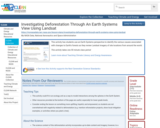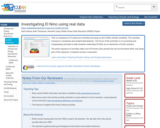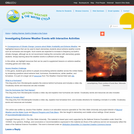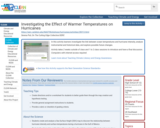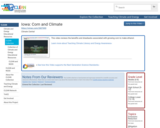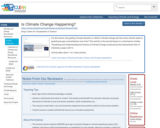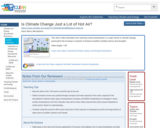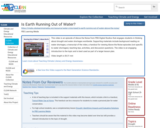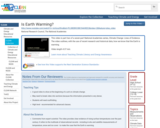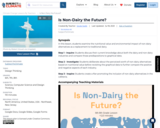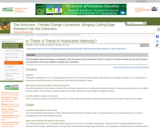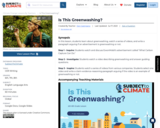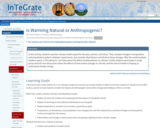SYNOPSIS: In this lesson, students learn about greenwashing, watch a series of videos, and write a paragraph arguing if an advertisement is greenwashing or not.
SCIENTIST NOTES: This lesson introduces the concept of greenwashing and ways students can spot greenwashing by companies. The videos and accompanying materials embedded in the lesson are suitable to explain this concept. This lesson has passed our review process, and it is recommended for classroom use.
POSITIVES:
-This lesson teaches students to critically examine digital media. As digital citizens, they must be aware of how to tell fact from fiction.
-Students get voice and choice in this lesson. Students select their own videos and are able to argue if it is greenwashing or not.
ADDITIONAL PREREQUISITES:
-Students will most likely argue that all the videos are examples of greenwashing.
-Encourage students to dig around the corporation’s website to see if the claims are actually true.
-Encourage students to scroll to the bottom of the corporations' websites. Students can usually find a site map, including pages like "sustainability."
-Students can use the "More Resources on Greenwashing" slide to help them understand greenwashing.
DIFFERENTIATION:
-In their paragraphs, weaker students can focus on music, the tone of the narrator’s voice, or imagery in the videos.
-You can push stronger students to include more concrete evidence in their paragraphs.
-Most students will benefit from color coding their sentences. Encourage them to keep their text highlighted as they write. They can even keep their paragraphs color coded after they finish.
-Weaker students may write only five sentences. Stronger students may write more sentences by adding context to their supporting evidence sentences.
-If students are struggling with their closing sentences, ask them to read their claim sentences aloud. Sometimes this helps guide their thinking.
-Stronger students who finish early can edit one another's paragraphs for mechanical errors, read their paragraphs out loud to one another, or discuss their chosen videos and greenwashing in general.
-Students may be interested in reading a series of fact sheets on greenwashing in the aviation industry, like this one on electric flight.
